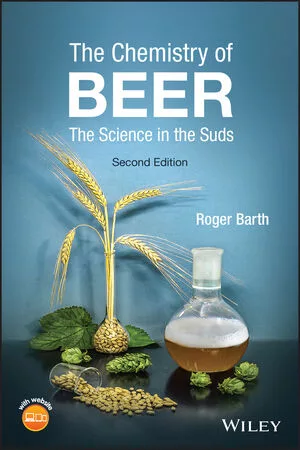The importance of handling, controlling SKUs
Product, packaging influx taxing operations practices
SKUs are discussed, critiqued, fabricated and, innocently enough, they create a plethora of operating problems throughout the supply chain in the beverage industry, including processing and distribution. A good starting point for reviewing the SKU issue is to question why this universally used identification acronym is so important and where do problems in the supply chain exist?
Research dating back to the 1970s indicates that many interpretations and conflicts arose when it came to SKUs and codes used to identify products. The practice of monitoring inventories, tracking sales volumes and developing production schedules using names and sizes of packages became a time-consuming and expensive task in most manufacturing facilities.
Research also revealed the SKU issue was being experienced on a global basis and that many methods, attempts and theories were being developed on how to approach the proliferation of products and other issues. However, from an operations perspective, the intent here is to focus on beverages and where real-time problems currently exist and to suggest strategies that might be helpful in not only preventing unnecessary situations but also eliminating recurring SKU problems.
To discuss and embellish the focus, it is important to define SKU per se, explain what it replaced and clarify what is involved in handling and control.
From many source definitions, SKU is a stock- keeping unit. That stock-keeping unit might be one specific item or a group of items packed together. Therefore, the transition from product names and sizes to an SKU meant something had to replace the name and size. In addition, through all the development work, various coding systems were implemented to help identify the SKU.
Of all the experimental codes used throughout the world during the past 30 years, the universal product code (UPC), was finally tested, legislated and adopted as a standard. In most cases, the UPC is used in conjunction with the SKU, or might be part of the identity although that is not true in all situations. The nomenclature of the barcode system might contain country of origin, manufacturing code, product code and other pertinent data. The history of the barcode is a novel in itself, but serves the purpose of identity within the SKU structure.
Because each item or group of items can become an SKU, and the input/output of SKUs is a constant dynamic movement for inventory measurement, storing carrying costs and production scheduling: how are these dynamics handled, and what impacts are experienced by operating plants? Manufacturing facilities have capacities that have a breaking point. If product or package volumes exceed those capacities, expansion or subcontracting could be necessary. Specifically, the more SKUs entering a given operating condition will impact product processing capability, packaged production productivity, warehousing, pre-distribution and distribution. Limitations to critical issues of machinery, equipment and space are to be expected.
To prevent the exceeding capacity syndrome related to SKUs, management should establish philosophies or strategies that will not allow additional SKUs to enter the mix under current operating conditions. The situation is real time, is becoming more acute, and demands entry criteria guidelines and more comprehensive evaluation of proposed products or packages (SKUs) before reaching the marketplace.
The retail end of the supply chain presents space problems — en route and in store. Vehicles and most beverage gondolas are limited and can contain only so many SKUs, which could restrict market exposure. The space allocation issue involves negotiation with retail stores and has eliminated products on the shelf.
Handling SKU problems is just one facet facing bottlers. Another item pertains to the question: how do you control the input/output of SKUs into your system? Who actually should and can control the SKU flow pattern? It is a debatable topic, but a real one, experienced by every beverage manufacturer in the business.
Competition, demographic changes, customer demand, the economy, promotions, health advocates and many more reasons have been used to justify why new SKUs have to enter the mix. Perhaps all are legitimate to some extent; however, SKU flow issues will not disappear. BI
Looking for a reprint of this article?
From high-res PDFs to custom plaques, order your copy today!





